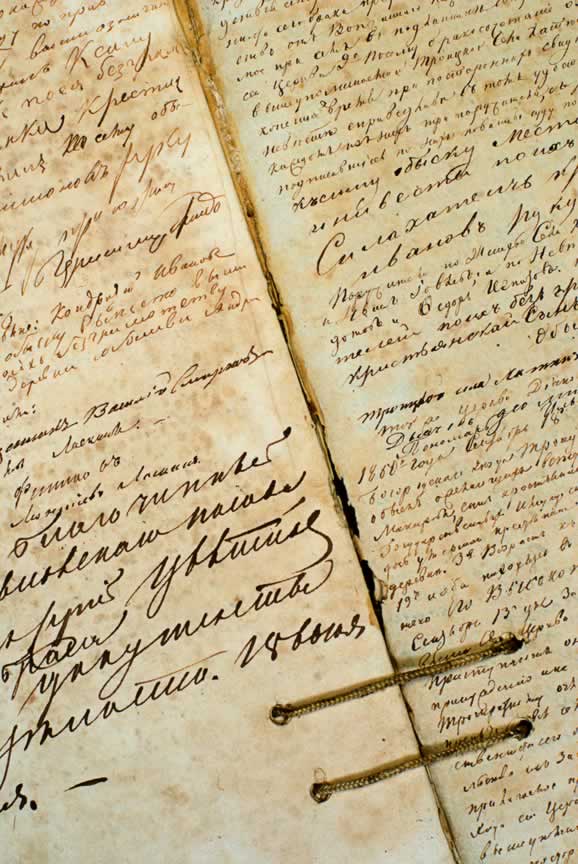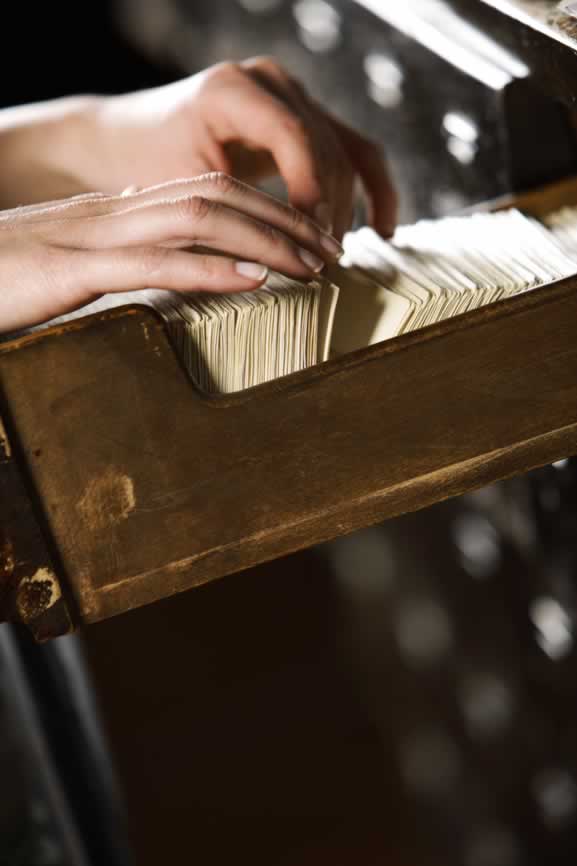Resources for Historians – Virtual Bookshelf
Scholars in the twenty-first century have amazing resources at their fingertips for understanding and translating historical texts!
Here are some that I have found helpful. Feel free to make suggestions on how to improve this list in the comments section!
German Dictionaries:
The Trier Center for the Digital Humanities offers twenty-five historical dictionaries and reference works searchable from a single form! The most well known of these is the dictionary initiated by the Brothers Grimm (who went to high school in Kassel and to the University of Marburg!) in the nineteenth century. It is an invaluable resource for translating historical texts and even more useful in the digital form:
The Göttingen Academy of Sciences and Humanities is working to digitize a dictionary of Early New High German here:
While not a dictionary per se, the website academic.com offers a central search form for a collection of dictionaries and other lexicons both in English and in German:
German: http://www.deacademic.com/
English: http://www.enacademic.com/
General Resources and Collections:
The blog The Labyrinth offers a collection of resources for medieval studies:
https://blogs.commons.georgetown.edu/labyrinth/
A private initiative of scholars to compile a central list of links and resources for medieval studies:

Glossaries
My translator colleague Ann C. Sherwin, who specializes in historical documents and genealogy, has compiled a useful glossary of German terms and their English equivalents or explanations.
https://writinghistory.de/wp-content/uploads/2019/05/Glossary-of-Old-German-Words.pdf
A useful list of terms used in seventeenth and eighteenth century English documents is available on the Dorset Online Parish Clerk project hosted by the genealogy site Rootsweb.
http://freepages.genealogy.rootsweb.ancestry.com/~fordingtondorset/Files/Glossary.html
Paleography:
Learning to read archival documents takes quite a bit of practice, but there are some good resources available at the following sites:
Use these resources to learn to read German Kurrent script, at least as it was commonly used in the 18th-20th centuries. Learning to read the script from that time period is a good introduction to reading older documents.
There are some very helpful examples and also a “generator” you can use to see what certain words might look like in certain hands and typefaces here: https://www.deutsche-handschrift.de/index.php
These sites are also useful:
http://www.suetterlinschrift.de/
http://www.kurrent.de/
https://script.byu.edu/
https://homepage.univie.ac.at/johannes.seidl/wp-content/uploads/2014/11/Schriftenskriptum.pdf
The University of Nottingham hosts an excellent site for reading and interpreting medieval English (Latin) documents:
And if you need a good procrastination game for historians, go no further than the “Ducking Stool Game” which allows you to practice reading early modern English script:
http://www.nationalarchives.gov.uk/palaeography/default.htm

Abbreviations:
Sometimes being able to read an old text is not enough, as scribes often used abbreviations which are no longer obvious. The following resources can help to decipher them:
http://www.ub.uni-koeln.de/cdm/compoundobject/collection/mono20/id/8533/rec/1
https://archive.org/stream/notaelatinae00linduoft#page/n5/mode/2up
http://people.ucalgary.ca/~scriptor/papers/pluta/pluta.html
Interpreting Dates:
Often dates are given in relation to religious holidays which varied from year to year depending on phases of the moon, etc.
The standard work for determining dates in German sources is Hermann Grotefend’s Taschenbuch der Zeitrechnung des deutschen Mittelalters und der Neuzeit, which is now available in digital form:
http://www.manuscripta-mediaevalia.de/gaeste/grotefend/grotefend.htm
https://www.mediaevum.de/links/nachschlagewerke/kalender
The University of Nottingham includes information for English sources and an online quiz.
Images:
The Pitts Theology Library at Emory University had digitized over 48,000 images from their collection and made these available for teaching and research. A wealth of images related to religion with an emphasis on the Reformation.
As part of their project on German History in Documents and Images, the German Historical Institute in Washington, D.C., has digitized hundreds of historical images from the German-speaking world:
Maps:
A collection of digitized historical maps dating back to antiquity:
The German Historical Institute in Washington, D.C., includes modern maps depicting aspects of German history in each of the ten volumes of their online collection German History in Documents and Images:
Weights and Measures:
Historical documents often use archaic or locally specific units of measurement which cannot necessarily be translated:
http://wiki-de.genealogy.net/L%C3%A4ngenma%C3%9Fe
http://www.nottingham.ac.uk/manuscriptsandspecialcollections/researchguidance
/weightsandmeasures/introduction.aspx
Currencies:
Like units of measurement, monetary currencies varied from place to place and present a real challenge for translation:
http://www.nationalarchives.gov.uk/palaeography/quick_reference.htm#money
http://www.personal.utulsa.edu/~marc-carlson/history/coin.html

